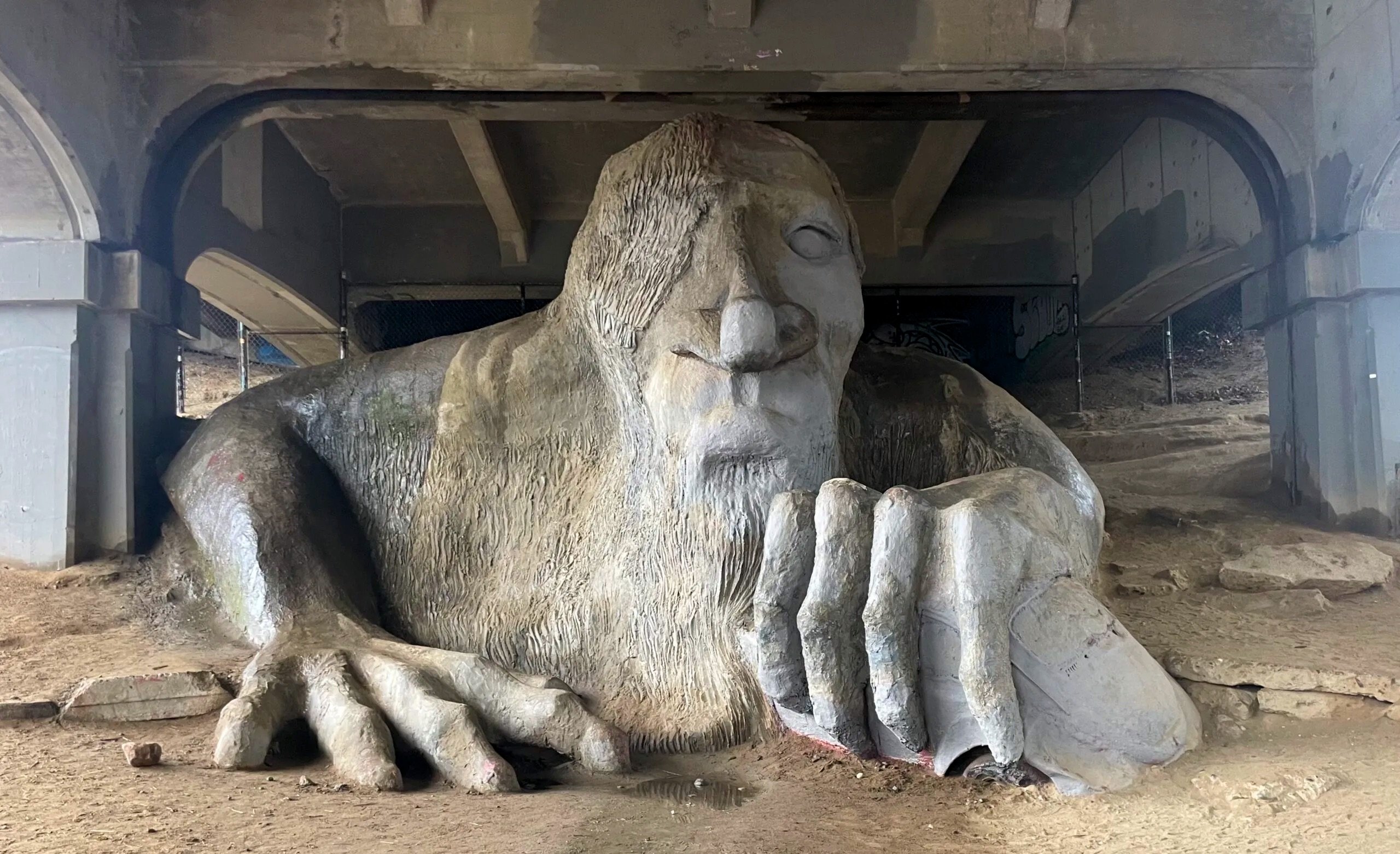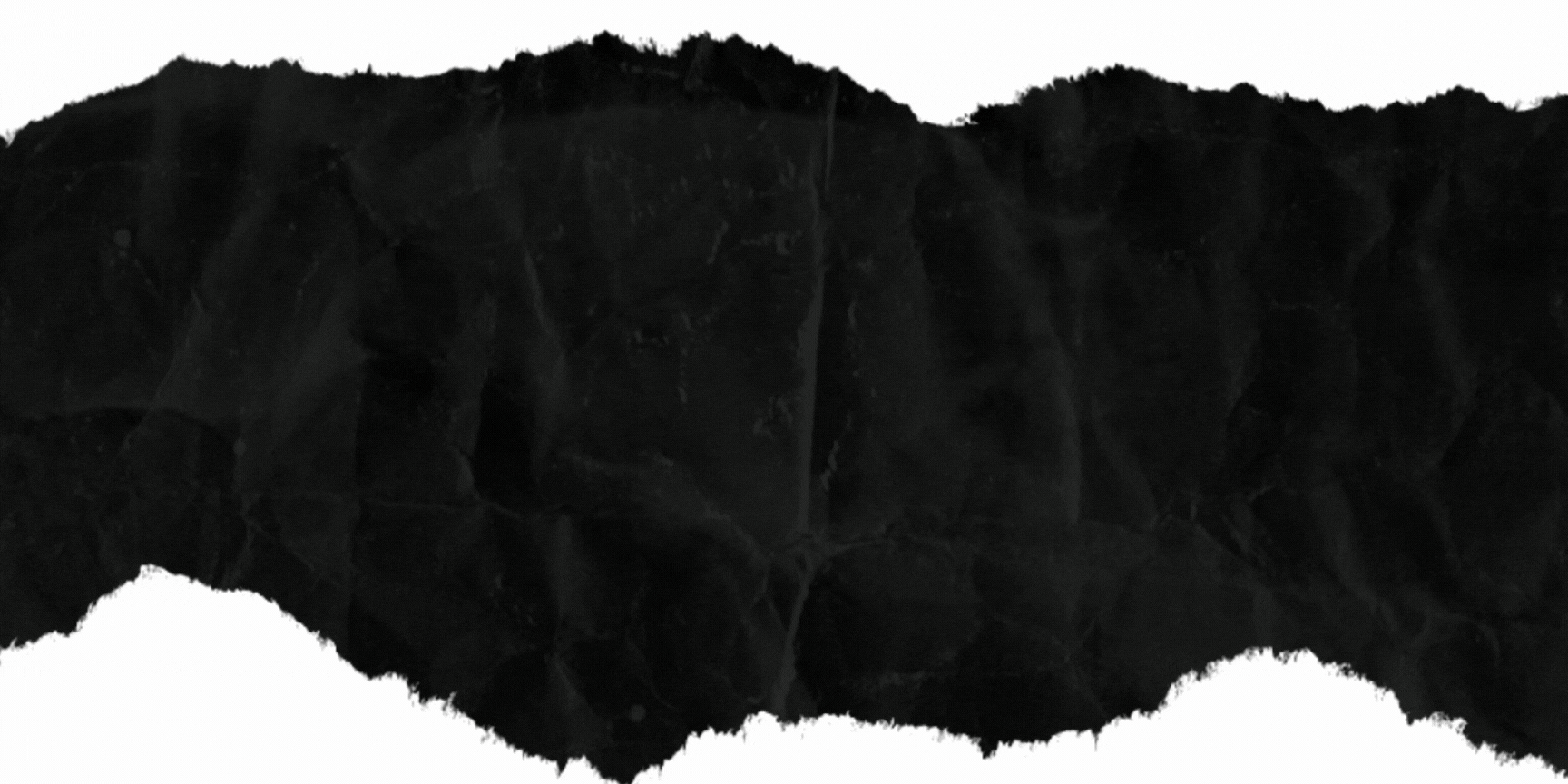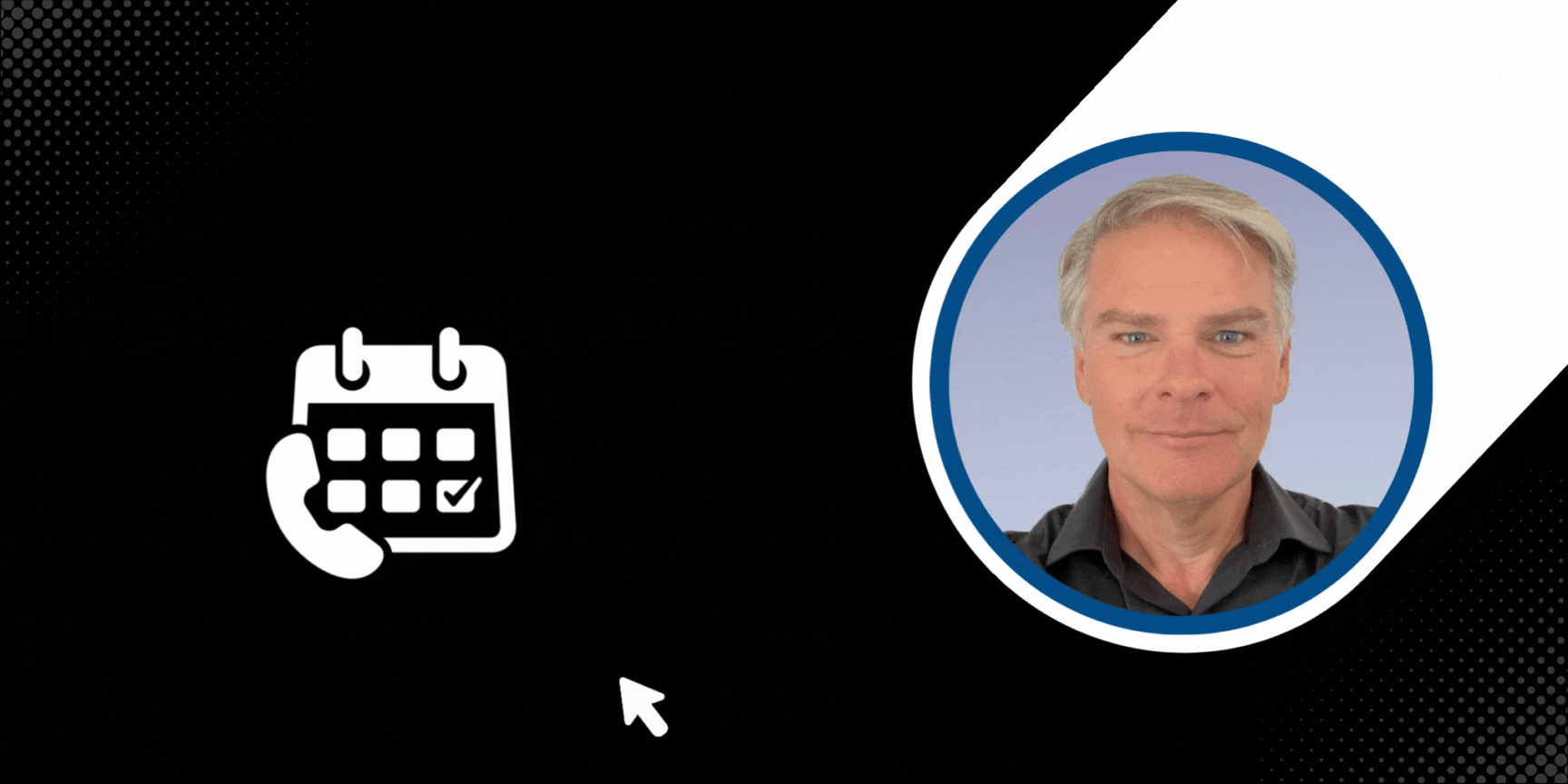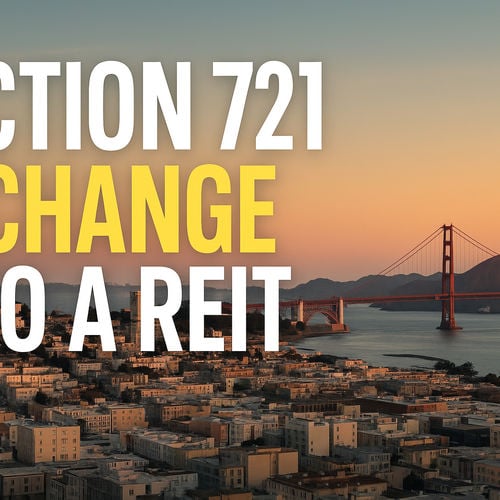For Bay Area residents contemplating a change of scenery, the Greater Seattle area presents a compelling alternative. Known for its stunning natural beauty, thriving tech industry, and distinct urban culture, Seattle offers a unique lifestyle that increasingly attracts Californians. This guide explores what those from the San Francisco Bay Area should know about relocating to the Emerald City and its surroundings.
Why Bay Area Residents are Choosing the Emerald City: Seattle’s Unique Appeal
Seattle is more than just another West Coast city; it’s a unique metropolis characterized by its deep connection to the water and mountains, a diverse and robust economy, and a tapestry of individual neighborhoods. Unlike the sprawling nature of much of the Bay Area, Seattle proper offers a strong “sense of place.” Its distinct neighborhoods, each with its own flavor and identity, are often defined by waterways and bridges. While this geography can present traffic challenges, reminiscent of Bay Area commutes, it also fosters close-knit communities and a feeling of living in a specific, identifiable locale.
Exploring Seattle: Attractions and Lifestyle for Newcomers from California
Newcomers from the Bay Area will find no shortage of activities and attractions in Seattle.
- Iconic Landmarks: The Space Needle offers panoramic views, allowing a visual grasp of the city’s layout – a helpful starting point for anyone exploring relocation.
- Extensive Ferry System: One of the world’s largest ferry systems provides transport to picturesque islands like Vashon Island (known for its rural charm and events like the strawberry festival) and Bainbridge Island. This is a unique aspect of Pacific Northwest life that differs from Bay Area transit.
- Festivals and Nature: Seasonal attractions like the Skagit Valley Tulip Festival (80 miles north) showcase the region’s beauty. Outdoor enthusiasts will appreciate easy access to the San Juan Islands, Cascade Mountains for skiing and hiking, and abundant kayaking – a similar draw to Northern California’s outdoor offerings.
- Urban Amenities: Seattle also boasts excellent museums, a vibrant club scene, and, famously, a deeply ingrained coffee culture.
Seattle Real Estate: What Bay Area Buyers Need to Know
The Seattle real estate market, while competitive, can offer different value propositions compared to the Bay Area. Understanding the nuances of its neighborhoods and housing stock is key for relocating buyers.
West Seattle: Turnkey Homes and Renovation Opportunities
West Seattle, connected by a bridge and featuring a ferry terminal at Fauntleroy, is a popular residential area. A recently sold 1940s home, extensively remodeled with an added primary suite, fetched $1.65 million. This property, close to the water (though without direct views, which would add 15-20% to the price), exemplifies the demand for updated, turnkey homes. Such homes often receive multiple offers, similar to competitive Bay Area scenarios. For instance, this particular home, listed at $1.5 million, sold for $1.65 million after receiving five offers in a week.
For Bay Area buyers accustomed to high prices, Seattle’s market may present opportunities. While turnkey homes are prized, there’s also potential for those willing to undertake renovations. A property needing updates might be acquired for around $1.1 million, allowing buyers to customize and potentially build equity, a strategy familiar to many in the Bay Area.
Magnolia: Prime Locations with Views and Upside Potential
The Magnolia neighborhood, situated close to downtown Seattle, offers homes with significant potential. An example is a house from a similar era as the West Seattle property but requiring renovation. It attracted a buyer due to its prime location, stunning views of Mount Rainier and downtown Seattle, and inherent charm. Selling at $507 per square foot for its approximately 2,200 square feet, it represented a sound investment in a top-tier neighborhood. The home’s exterior was attractive, though the interior, last updated possibly in the 1960s or 70s, needed a refresh. Proximity to downtown is a major plus; for instance, a bus ride from Magnolia to the downtown stadiums can be as quick as 15-20 minutes, highlighting the convenient access from residential areas to urban centers.

Capitol Hill
Capitol Hill is one of Seattle’s most iconic and eclectic neighborhoods, known for its dynamic mix of historic charm, progressive energy, and vibrant culture. Perched just east of downtown, this densely populated area blends early 20th-century mansions and tree-lined streets with cutting-edge apartment buildings and colorful street art. It’s a hub for Seattle’s LGBTQ+ community, artists, students, and tech professionals alike, creating a uniquely inclusive and expressive vibe. The neighborhood pulses with nightlife—packed with indie bars, rooftop lounges, and legendary music venues like Neumos—while daytime draws locals to coffee shops, boutiques, and parks like Volunteer Park, home to the Conservatory and the Seattle Asian Art Museum.
Capitol Hill is also a transportation sweet spot, with a major Link Light Rail station connecting it to downtown, the University District, and the airport. Foodies will love its culinary diversity, from hip vegan eateries and food trucks to late-night diners and high-end bistros. Despite its urban energy, Capitol Hill retains a strong residential feel, especially north of Olive Way, where quiet streets lead to historic homes and peaceful views of Lake Washington. It’s a place where creativity, community, and urban convenience all collide—making it one of Seattle’s most beloved and sought-after neighborhoods.
South Lake Union
South Lake Union is one of Seattle’s fastest-evolving neighborhoods, transformed over the past two decades from a low-rise industrial zone into a gleaming hub of innovation, biotech, and upscale urban living. Anchored by the Amazon headquarters and flanked by offices for tech giants like Google and Facebook, SLU is the beating heart of Seattle’s modern economy, attracting thousands of young professionals and startups to its sleek glass towers and energy-efficient buildings. The neighborhood wraps around the southern edge of Lake Union, offering waterfront parks, kayak rentals, and bike paths with stunning city and lake views.
It’s a place where people work hard and play hard—home to food halls like The Collective, craft breweries, trendy restaurants, and rooftop patios perfect for sunny days. South Lake Union is also deeply walkable, served by the Seattle Streetcar and with easy access to downtown, Queen Anne, and Capitol Hill. Despite its tech-driven growth, the neighborhood preserves slices of its past with the Museum of History & Industry (MOHAI) and repurposed historic buildings that now house stylish cafes or boutique offices. With a unique blend of commerce, recreation, and urban sophistication, South Lake Union represents the future-forward face of Seattle—efficient, high-energy, and always evolving.
Navigating Seattle: Transportation Options for Former Bay Area Commuters
Seattle’s transportation system includes several options:
- Bus System: An extensive network serves the city.
- Light Rail: The Link light rail system is continually expanding. It currently connects the SeaTac Airport to downtown, the University of Washington, and northern hubs like Northgate, with plans for further extension. While perhaps not as extensive as BART, it’s a growing and vital part of the city’s transit.
- Bike Lanes: Seattle has invested heavily in dedicated bike lanes. This has sometimes been controversial due to the reduction of car lanes, impacting traffic flow already constrained by bridges and waterways. The city’s hilly terrain (akin to San Francisco) and wet, dark winters make bike commuting a commitment, but the popularity of e-bikes is rising, potentially increasing cycling’s viability.
Best Seattle Neighborhoods for Bay Area Transplants
When considering a move from the Bay Area, a primary decision is whether to live in Seattle proper or on the “Eastside” (areas like Bellevue, Sammamish, and Mercer Island).
Seattle Proper: Urban Living with Diverse Choices
For those working for downtown companies like Amazon or Google, or seeking an urban lifestyle, neighborhoods within a roughly four-mile radius of downtown are popular. North-south transit via I-5 and Highway 99 is generally more straightforward than east-west travel across water.
Key Seattle neighborhoods include:
- Queen Anne & Magnolia: Hilly, established neighborhoods with beautiful homes and views.
- Fremont & Ballard: Fremont is known for its artsy, quirky vibe, while Ballard, with its Nordic heritage, has transformed into a hip, sought-after area over the past two decades.
- University District: Home to the University of Washington, offering a vibrant, youthful atmosphere.
- Green Lake: Centered around a picturesque lake and park designed by the Olmsted brothers (of NYC’s Central Park fame), popular for recreation.
- West Seattle: A diverse area with its own distinct communities.
- Columbia City: Served by the light rail, this neighborhood is experiencing a renaissance with a growing number of amenities.
These neighborhoods often feature access to water, parks, and views, appealing to those who appreciate the blend of urban living and natural beauty found in parts of the Bay Area.
The Eastside (Bellevue, Redmond): Tech Hubs and Suburban Appeal
Across Lake Washington lies the Eastside.
- Bellevue: It’s not merely a suburb but a significant city in its own right. Housing prices are comparable to Seattle. Bellevue generally features newer homes, often on larger lots than in Seattle proper. Established in the late 1950s and early 1960s, it offers a different feel than historic Seattle neighborhoods and may appeal to Bay Area residents familiar with suburban communities like those on the Peninsula.
- Redmond: Famously the home of Microsoft and a significant hub for Meta, Redmond has a strong tech identity. Housing here, often built from the 1980s through the early 2000s, includes spacious homes. A typical 1998-built, 2,900 sq ft home in good condition might sell for around $2 million. Redmond is as expensive as Seattle, if not more, due to the high concentration of tech employment. Bay Area tech workers may find the environment and housing styles somewhat comparable to areas around Silicon Valley, though often with more space for the price.
The Tech Scene: Amazon, Microsoft, Meta and Job Opportunities for Bay Area Professionals
Seattle is a major tech hub, rivaling the Bay Area in many respects.
- Amazon: Headquartered in downtown Seattle, its campus includes the iconic “Spheres.” Amazon employees live throughout Seattle’s neighborhoods, commuting from various parts of the city rather than a single company town.
- Microsoft and Meta: Primarily based in Redmond, these companies have shaped the Eastside’s development.
The presence of these tech giants, along with a vibrant startup ecosystem, provides ample career opportunities for professionals relocating from the Bay Area.
Beyond the City: Finding More Space in the Greater Seattle Area
For those seeking a more rural lifestyle with more land, areas outside the immediate urban core offer attractive options.
Whidbey Island: Rural Charm and Value for Bay Area Budgets
Accessible via a ferry from Edmonds (north of Seattle), Whidbey Island offers a distinct island lifestyle. A property on two acres, perhaps with a home built in the late 1990s, could be found for around $1 million. For Bay Area residents accustomed to high land values, this can represent significant value and an opportunity for a more spacious, rural living experience while remaining relatively close to the Seattle metro.
Seattle’s Evolving Housing Landscape: Urban Infill and Townhomes
A notable trend in Seattle real estate is the rise of “urban infill” projects, particularly townhome-style condos. Developers often build a main house, an attached Accessory Dwelling Unit (ADU), and a Detached Accessory Dwelling Unit (DADU) on a single lot, then sell them as individual condos within a small association. This is a response to the demand for new housing in desirable urban locations and a way to increase density, a familiar concept in the Bay Area.
In neighborhoods like Fremont/Wallingford, a new, well-appointed townhome-style condo with around 1,500 square feet, three bedrooms, and modern finishes might sell for around $1 million. These offer a turnkey, low-maintenance option close to urban amenities, parks, and transit, appealing to buyers who want new construction without the upkeep of an older single-family home. This trend is changing the face of some neighborhoods, with older, smaller homes being replaced by these multi-unit developments.
Is Seattle the Right Move from the Bay Area? Key Considerations
Relocating from the Bay Area to Seattle involves weighing various factors:
- Cost of Living: While Seattle is not inexpensive, housing can be more attainable for many compared to the Bay Area.
- Lifestyle: Seattle offers a rich blend of urban amenities and unparalleled access to outdoor recreation.
- Career Opportunities: The tech industry is a major draw, but Seattle boasts a diverse economy.
- Climate: Be prepared for wetter, darker winters than in most of the Bay Area, but also lush, green summers.
The Greater Seattle area continues to attract Bay Area residents seeking new opportunities and a different quality of life. With its dynamic economy, diverse neighborhoods, and stunning natural setting, it’s a region with much to offer.
Next Steps: Connecting with a Seattle Real Estate Expert
For those seriously considering a move from the Bay Area to Seattle, navigating the local real estate market is crucial. Working with an experienced real estate professional can provide invaluable insights and guidance. Matthew Koenig is a knowledgeable Seattle real estate agent who can assist with exploring neighborhoods, understanding market conditions, and finding the right home. He can be reached via his website (found by searching “Matthew Koenig Seattle Real Estate”) or by phone at 206-234-5574.
Amazing Silver Creek Homes for Sale in San Jose
2
3
4
5
6
7
8
9
10
11
12
13
14
15
16
17
18
19
20
21
22
23
24
25



